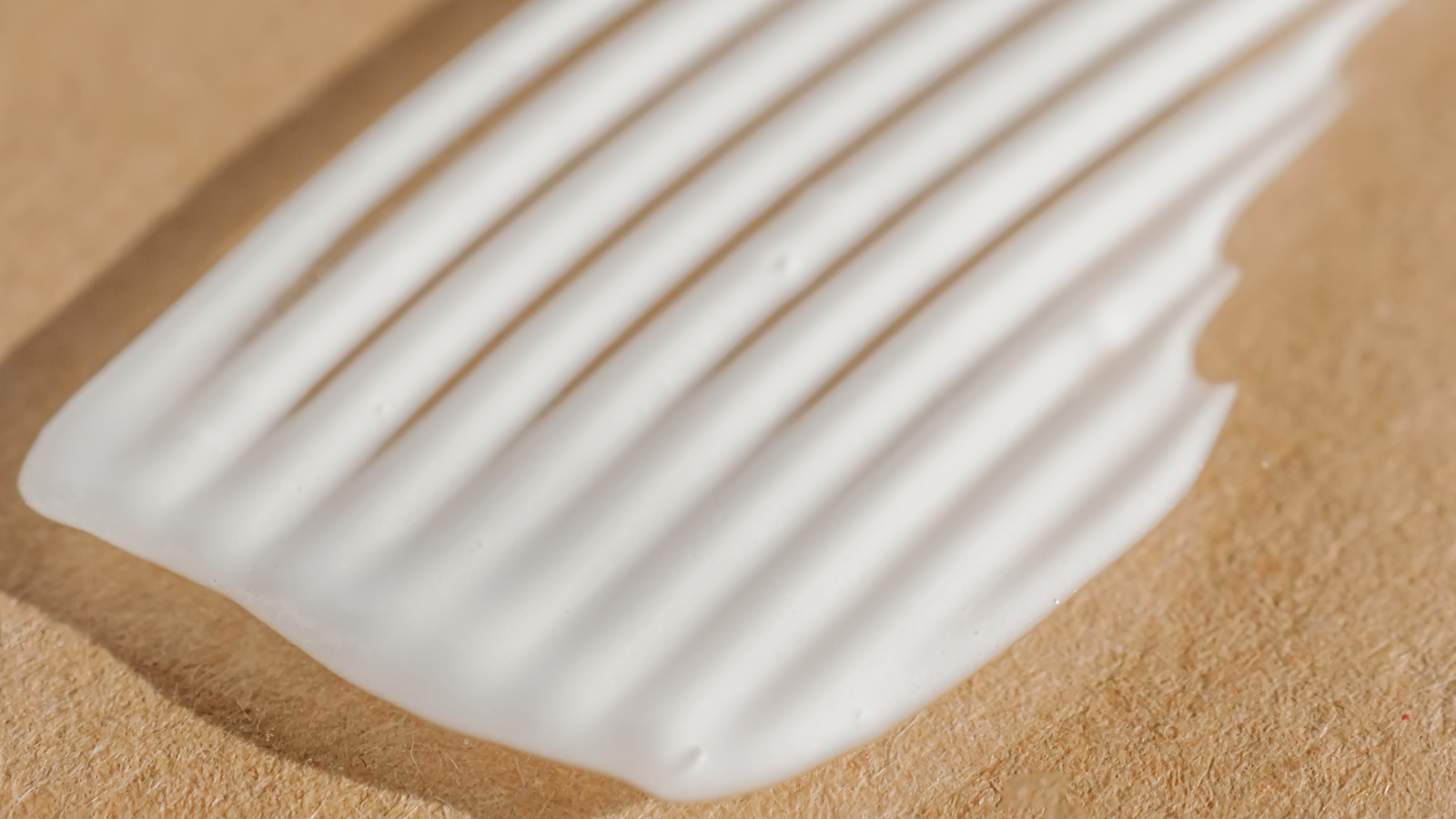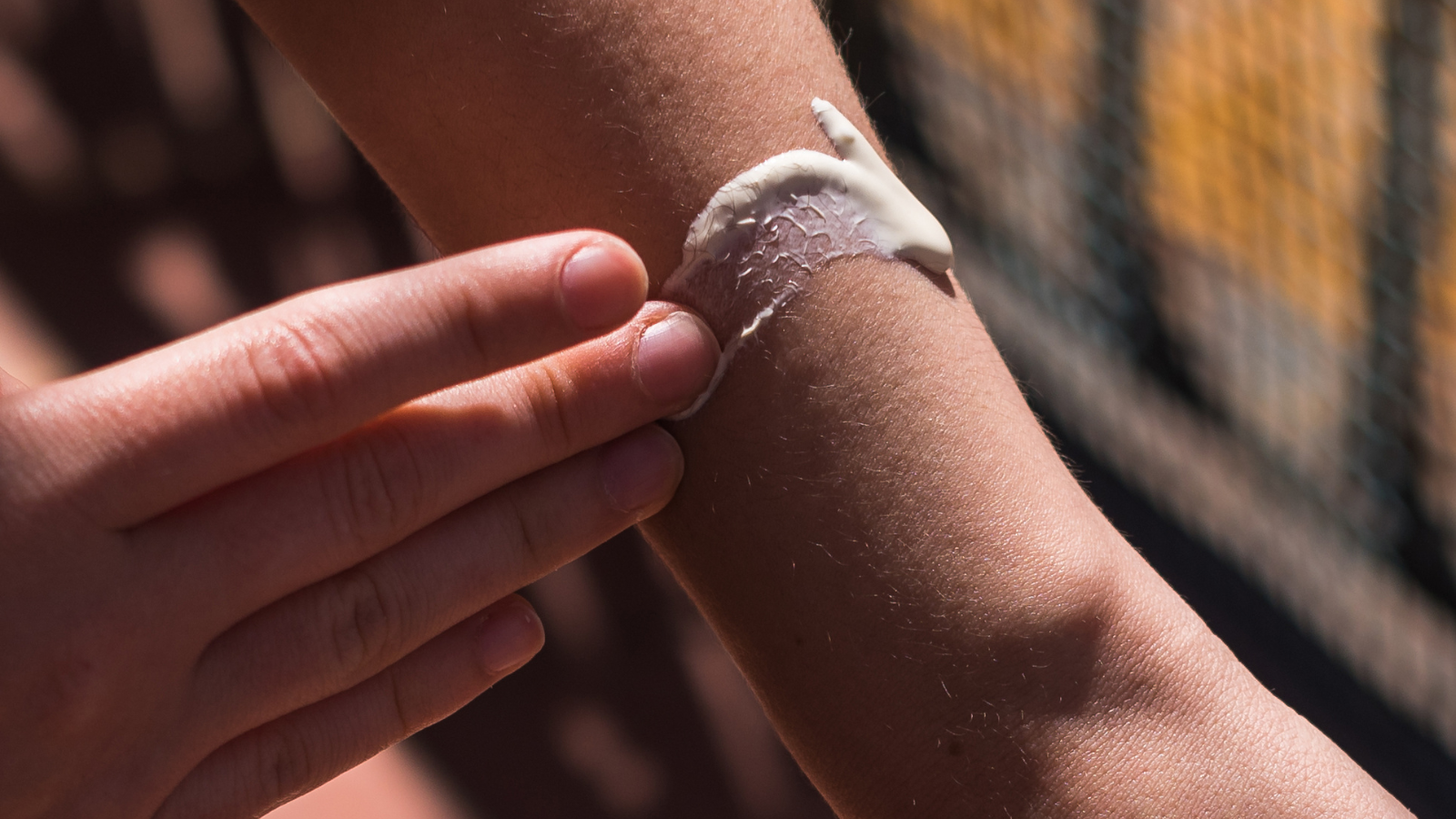In the world of skincare and cosmetics, misinformation can often lead to unwarranted concerns about certain ingredients. Ethylhexyl Methoxycinnamate, commonly known as Octinoxate, has been at the center of some controversy due to misconceptions about its safety. In this blog post, we'll debunk these myths and shed light on the real facts about Ethylhexyl Methoxycinnamate.

Myth #1: Ethylhexyl Methoxycinnamate is Harmful to Your Skin
Fact: Ethylhexyl Methoxycinnamate is a widely used UV filter in sunscreen products due to its ability to protect the skin from UVB rays effectively. UVB rays are responsible for sunburn and contribute to the development of skin cancer. When used as directed, Ethylhexyl Methoxycinnamate is considered safe and does not harm the skin.
Myth #2: Ethylhexyl Methoxycinnamate Causes Allergic Reactions
Fact: While some individuals may be sensitive or allergic to certain skincare ingredients, including Ethylhexyl Methoxycinnamate, these reactions are relatively rare. Ethylhexyl Methoxycinnamate is generally well-tolerated by most people, and the incidence of allergic reactions is low.
Myth #3: Ethylhexyl Methoxycinnamate Disrupts Hormones
Fact: There have been concerns that Ethylhexyl Methoxycinnamate may disrupt hormones in the body. However, scientific studies and regulatory agencies like the U.S. Food and Drug Administration (FDA) have found no conclusive evidence to support these claims. When used in sunscreen within recommended concentrations, it is unlikely to affect hormone balance.
Myth #4: Ethylhexyl Methoxycinnamate is Harmful to the Environment
Fact: Ethylhexyl Methoxycinnamate, like many sunscreen ingredients, has been found in trace amounts in aquatic environments. However, the impact on the environment from these low concentrations is minimal. Moreover, many manufacturers are working to develop eco-friendly sunscreen formulations that are less harmful to marine life.
Myth #5: Ethylhexyl Methoxycinnamate is Not Effective
Fact: Ethylhexyl Methoxycinnamate is a highly effective UV filter for protecting the skin against UVB rays, which are a significant contributor to sunburn and skin damage. When used in combination with other UV filters, it can provide broad-spectrum protection against both UVB and UVA rays.
Using Ethylhexyl Methoxycinnamate Safely:
To reap the benefits of Ethylhexyl Methoxycinnamate and other sunscreen ingredients while minimizing potential concerns, here are some tips:
- Apply Liberally: Use sunscreen products with Ethylhexyl Methoxycinnamate generously, and don't forget to cover all exposed skin areas.
- Reapply: Reapply sunscreen every two hours or more frequently if swimming or sweating to maintain adequate protection.
- Choose Quality Products: Opt for sunscreen products from reputable brands and look for those that offer broad-spectrum protection.
- Patch Test: If you have sensitive skin or concerns about allergies, perform a patch test before using new skincare products containing Ethylhexyl Methoxycinnamate.

Conclusion:
Ethylhexyl Methoxycinnamate (Octinoxate) is a safe and effective UV filter commonly used in sunscreen products. While myths and misconceptions have led to concerns about its safety, scientific evidence, and regulatory approvals support its use for sun protection. As with any skincare ingredient, using products containing Ethylhexyl Methoxycinnamate as directed will help ensure the best results and safety for your skin.


